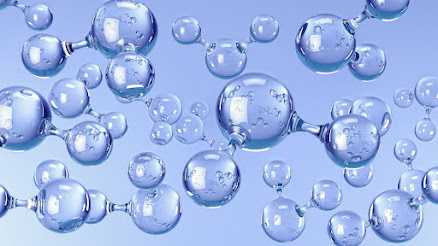Our experiment
The water experiment we did - Describe briefly the water experiments you did - Describe briefly the food test experiments you did. The starch test Purpose: which food doesn’t have starch : bread, potato, orange, or apple? Tools: plates, potato, orange, apple, IODINE SOLUTION, a dropper In conclusion we saw that the food with the least starch is orange because the iodine solution didn’t sink in and change color on the other hand apples, potato and bread did sink in and change colors.




